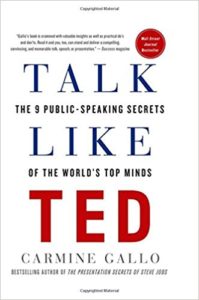How-I-Did-It Blogging for Business

“Starting and running a business is traveling a landscape filled with opportunity and hazards. Knowing which is which can make the difference between growing your company and blowing it up,” begins the special issue of Inc. magazine in which twelve company founders describe how they rose to success.
‘How-we-did-it” stories make for very effective blog content for both business owners and professional practitioners, I’ve learned. In a post a couple of years ago, I quoted The Moth founder George Dawes Green, who teaches storytellers to share their own human failures and frailty. “It’s easier to connect with someone who is or has been where you are,” is the way Beccy Freebody of the Australian charity realisingeverydream puts it.
Sounds great, but how can sharing secrets and failures help when you’re trying to market a business or a practice?
- True stories about mistakes and struggles are very humanizing, adding to the trust readers place in the people behind the business or practice.
- Stories of struggles and failures can be used as a means to an end, using the special expertise and insights you’ve gained towards solving readers’ problems.
- Blogs also have a damage control function. When customer complaints and concerns are recognized and dealt with publicly (there’s nothing more public than the Internet!), that gives the “apology” – and the remediation – a lot more weight in the eyes of readers.
The interesting thing I’ve noticed is that many business owner and practitioner clients are so close to the subject matter of their own past and present business battles, they can’t see how valuable those “failures” can prove to be in terms of blog content. That’s where the outside eye of a professional blog writer becomes especially valuable.
In “how-I-did-it” blogging for business, failures can sometimes be the secret to success!




Follow us online!